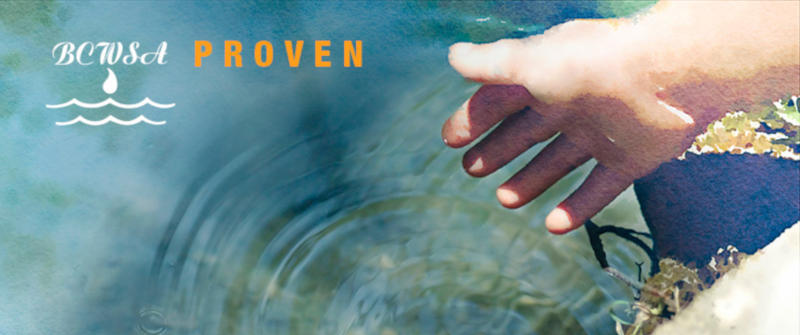Updated: April 24, 2015
Although 63 percent of Pennsylvania is covered by forest, today’s mature woods are not evenly distributed. Most of the forests have vanished in agricultural areas and rapidly developing urban centers, particularly in southcentral and southeastern Pennsylvania.
Trees that once hugged the shores of streams and rivers in these areas are no longer present to filter surface runoff and, in many landscapes, groundwater flow. Riparian forests have an ability to filter water that is often comparable to wetlands. They provide shade, temperature control and food for many aquatic and terrestrial species of wildlife. As a result, streamside forests are heralded as a way to partially mitigate the loss of forest over much of the remaining landscape. Streamside areas are the link between land and water, and trees are a vital component of a healthy stream ecosystem.
In Pennsylvania, the USDA Forest Service estimates that over one-third of the streams and rivers have had their riparian areas converted or degraded. In the Chesapeake Bay basin, as much as 60 percent of the streamside forests have removed or severely impaired. Within the Susquehanna River basin, about 36 percent of the streams do not have forest buffers, a number that rises to 50 percent in the lower Susquehanna basin.
Reproduced courtesy of and developed by the Alliance for the Chesapeake Bay under a grant from the Pennsylvania Nonpoint Source Management Program, Pennsylvania Department of Environmental Protection (DEP). Funding was provided by DEP through Section 319 of the Federal Clean Water Act administered by the Environmental Protection Agency – www.dep.state.pa.us/See&hear/streamreleaf/Stream_Releaf.htm.
